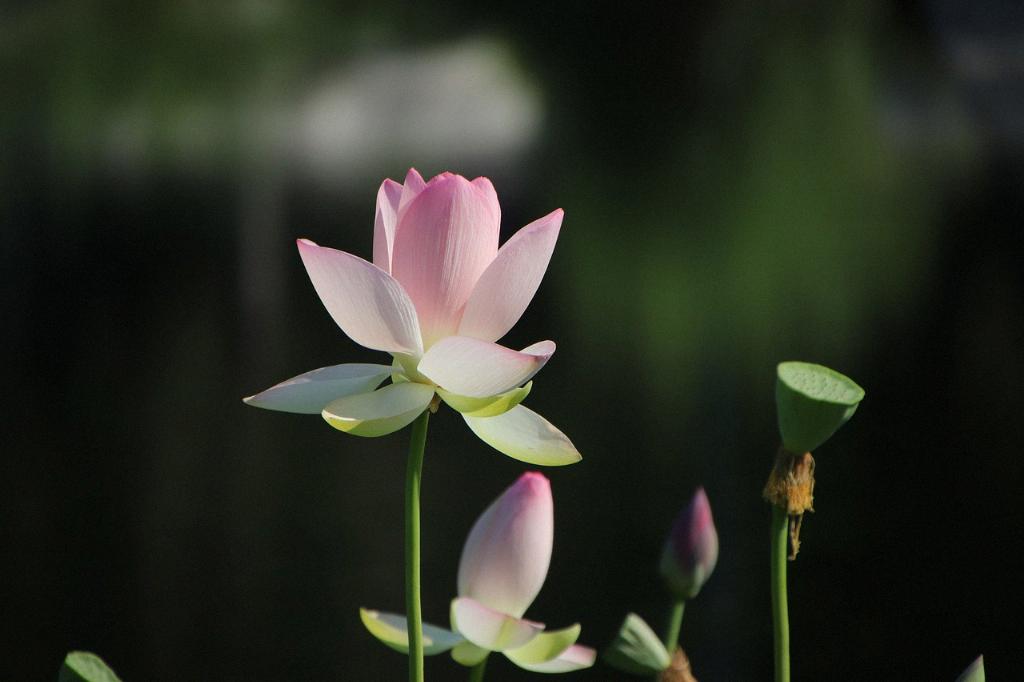Peace lilies, with their elegant white blooms and lush green foliage, are a popular choice for indoor plants. Proper care is essential to ensure these beauties thrive in your home environment. In this comprehensive guide, we will delve into the ins and outs of caring for peace lilies, from understanding their needs to troubleshooting common issues.
Understanding Peace Lilies
Peace lilies, botanically known as Spathiphyllum, are prized for their striking appearance and air-purifying qualities. They are native to tropical regions and belong to the Araceae family. Common varieties of peace lilies include the Spathiphyllum wallisii and Sensation.
Ideal Growing Conditions
Peace lilies thrive in indirect light but can tolerate lower light conditions. They prefer temperatures between 65-80°F and high humidity levels. Placing them in well-lit areas away from direct sunlight is essential for their growth.
Watering and Moisture Needs
Proper watering is crucial for peace lilies. Water the plant when the top inch of soil feels dry, ensuring that excess water drains out. Peace lilies enjoy moist soil, but overwatering can lead to root rot. Additionally, misting the leaves can help maintain humidity levels.
Soil Requirements
Choosing the right soil is key to the health of your peace lily. Opt for well-draining potting mix with good aeration. A slightly acidic to neutral pH level is ideal. Repot your peace lily in spring using houseplant compost to ensure nutrient-rich soil.
Feeding and Fertilizing
Feeding peace lilies with a balanced, water-soluble fertilizer every 6-8 weeks during the growing season can promote healthy growth. Ensure not to over-fertilize as it can harm the plant. Follow the instructions on the fertilizer packaging for best results.
Pruning and Grooming
Regular pruning and grooming of peace lilies are essential for removing dead or yellowing leaves and spent flowers. Trimming helps maintain the plant’s appearance and encourages new growth. Use clean, sharp scissors to avoid damaging the plant.
Common Pests and Diseases
Peace lilies can be susceptible to pests like spider mites and aphids. Regularly inspect the plant for any signs of infestation and treat them promptly. To prevent diseases, avoid overwatering and ensure good air circulation around the plant.
Propagation Methods
Peace lilies can be propagated through division. Divide mature plants into smaller sections with roots attached and plant them in separate containers. Keep the newly propagated plants in a warm, humid environment to aid in their growth.
Troubleshooting Common Issues
Yellowing leaves in peace lilies may indicate issues with watering, light, or nutrition. Adjusting these factors can help the plant recover. Wilting or drooping foliage can be a sign of underwatering or extreme temperature fluctuations.
Conclusion
In conclusion, caring for peace lilies requires attention to detail and a nurturing touch. By understanding their needs for light, water, and soil, you can ensure your peace lily thrives in your home. Remember to monitor the plant regularly, address any issues promptly, and enjoy the beauty and benefits it brings to your space.

